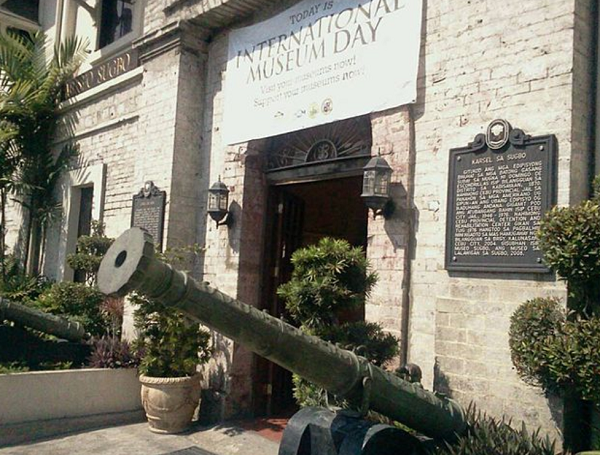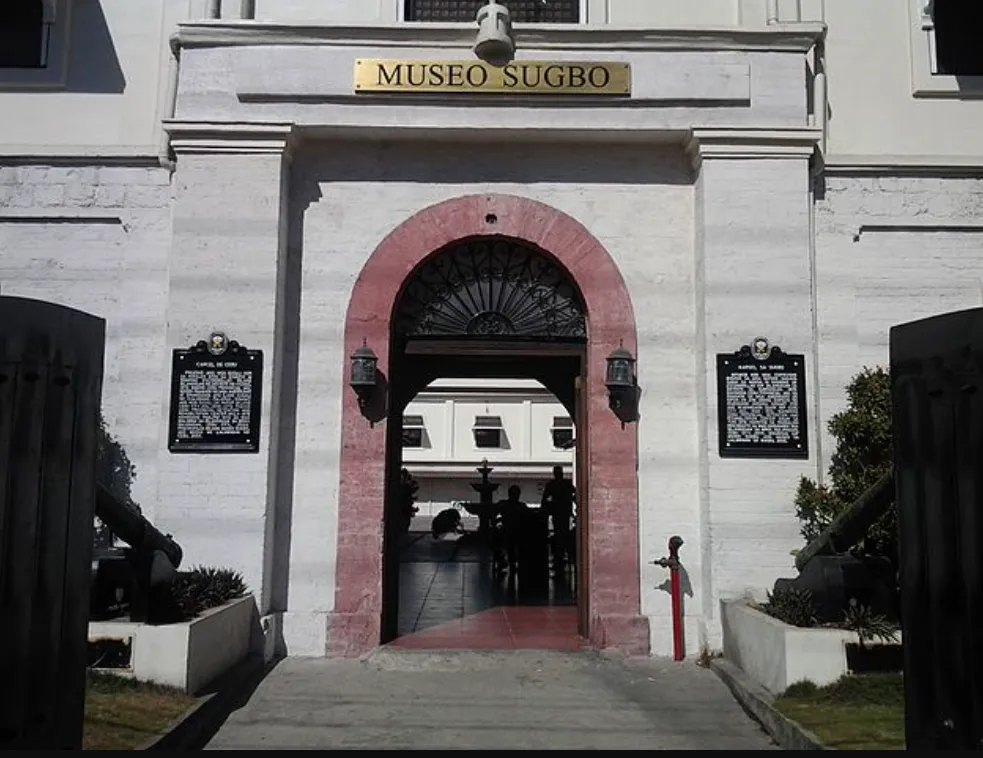
Introduction Cebu City museums
Cebu City museums, Cebu City is more than just pristine beaches and bustling urban centers; it’s a vibrant cultural hub with a deep historical significance. Museums in Cebu City offer travelers and locals alike an intimate look into the past, a celebration of art, and a deeper understanding of Cebuano traditions. If you’re ready to uncover Cebu’s essence, this guide will lead you through the city’s most remarkable museums, rich narratives, and timeless treasures.
Why Visit Museums in Cebu City?
Cebu’s museums are gateways to its soul. Whether you’re exploring the pre-colonial era, marveling at Spanish colonial artifacts, or enjoying contemporary art, these museums provide:
- Cultural immersion: Understand Cebuano traditions, art, and history.
- Educational value: Perfect for history buffs, students, and curious minds.
- Architectural beauty: Many museums are housed in historic buildings, each with its own story to tell.
Top Museums to Visit in Cebu City
1. Museo Sugbo

The Historic Prison Turned Museum
Museo Sugbo, Cebu’s provincial museum, is a must-visit. Formerly a prison during the Spanish and American periods, it now houses a wealth of exhibits, including:
- Pre-colonial artifacts: Jewelry, tools, and pottery from Cebu’s earliest settlers.
- Spanish colonial memorabilia: Documents and relics that depict life under Spanish rule.
- World War II exhibits: Photos and artifacts that highlight Cebu’s role in wartime history.
2. Casa Gorordo Museum
Step Into 19th-Century Cebuano Life
A beautifully restored Spanish colonial house, Casa Gorordo offers:
- Historical vignettes: Displays showcasing the daily lives of 19th-century Cebuanos.
- Stunning architecture: Built with coral stones and hardwood, this house is a testament to Spanish-era craftsmanship.
- Interactive exhibits: Learn about traditional Cebuano culture through engaging displays.
3. Jesuit House Museum
A Hidden Gem in Parian
Dating back to the 1730s, this house has witnessed Cebu’s transformation through the ages. Highlights include:
- Cultural artifacts: Items from the Spanish and American colonial periods.
- Unique setting: A historic house seamlessly integrated into a modern warehouse.
4. Cebu Provincial Museum
Preserving Cebu’s Provincial Legacy
Located in the former Cebu Capitol, this museum showcases:
- Ethnographic collections: Traditional clothing, tools, and instruments of indigenous communities.
- Archaeological finds: Fossils, tools, and artifacts that date back thousands of years.
5. Yap-Sandiego Ancestral House
A Living Museum
Considered one of the oldest houses in the Philippines, this ancestral home preserves:
- Antique treasures: Furniture, religious icons, and family heirlooms.
- Timeless ambiance: Step back in time as you walk through this well-preserved house.
6. University of San Carlos Museum
A Treasure Trove of Knowledge
A favorite for academics and history enthusiasts, this museum features:
- Pre-colonial artifacts: Tools, ceramics, and other historical items.
- Educational focus: Displays aimed at deepening understanding of Philippine history.
Thematic Focus of Cebu Museums
History and Heritage
Cebu’s rich history comes alive through artifacts, including:
- Spanish galleon models
- Pre-colonial tools and pottery
- Religious relics and statues
Art and Creativity
Cebu is home to a thriving art scene, with museums highlighting:
- Local artists: Exhibitions featuring Cebuano painters and sculptors.
- Contemporary installations: Modern art that blends traditional themes with new media.
Cultural Preservation
Museums play a vital role in documenting Cebuano traditions:
- Festivals: Learn about Sinulog and other local celebrations.
- Cuisine: Some exhibits delve into traditional Cebuano dishes and their origins.
Tips for Exploring Cebu City Museums
- Timing: Visit during weekdays to avoid crowds.
- Guided tours: Opt for guided experiences to gain deeper insights.
- Photography: Check museum rules on taking photos.
- Transportation: Use local jeepneys or taxis for easy access.
Beyond Museums: What Else to Explore
Combine your museum tours with nearby attractions:
- Magellan’s Cross: A symbol of Christianity’s arrival in the Philippines.
- Basilica Minore del Santo Niño: Cebu’s oldest Roman Catholic church.
- Colon Street: The oldest street in the Philippines, lined with shops and eateries.
Conclusion
Cebu City’s museums are more than just repositories of artifacts; they’re vibrant spaces that tell the stories of a city shaped by centuries of culture and history. Whether you’re a traveler seeking adventure or a local rediscovering your roots, these museums offer a unique lens into the heart of Cebu.
FAQs
1. What are the must-visit museums in Cebu City?
Museo Sugbo, Casa Gorordo, and the Yap-Sandiego Ancestral House are among the top picks.
2. Are Cebu City museums family-friendly?
Yes, many museums have interactive exhibits suitable for visitors of all ages.
3. Can I take photos inside Cebu museums?
Photography rules vary; check with each museum before your visit.
4. What’s the best way to get around Cebu City?
Jeepneys, taxis, and ride-hailing apps are convenient options.
5. Are there free-entry museums in Cebu City?
Some museums offer free or discounted admission on special occasions. Check their schedules for details.
Giovanni Carlo P. Bagayas is a seasoned travel guide and passionate explorer from the Philippines. With years of experience uncovering the hidden gems of his homeland, Giovanni has dedicated his career to showcasing the beauty, culture, and adventure that the Philippines has to offer. As the author of Best Philippines Travel Guide, he combines his expertise and love for travel to provide insightful tips, detailed itineraries, and captivating stories for travelers seeking unforgettable experiences in the Philippines. Giovanni’s mission is to inspire wanderlust and help visitors discover the true essence of his vibrant country.

